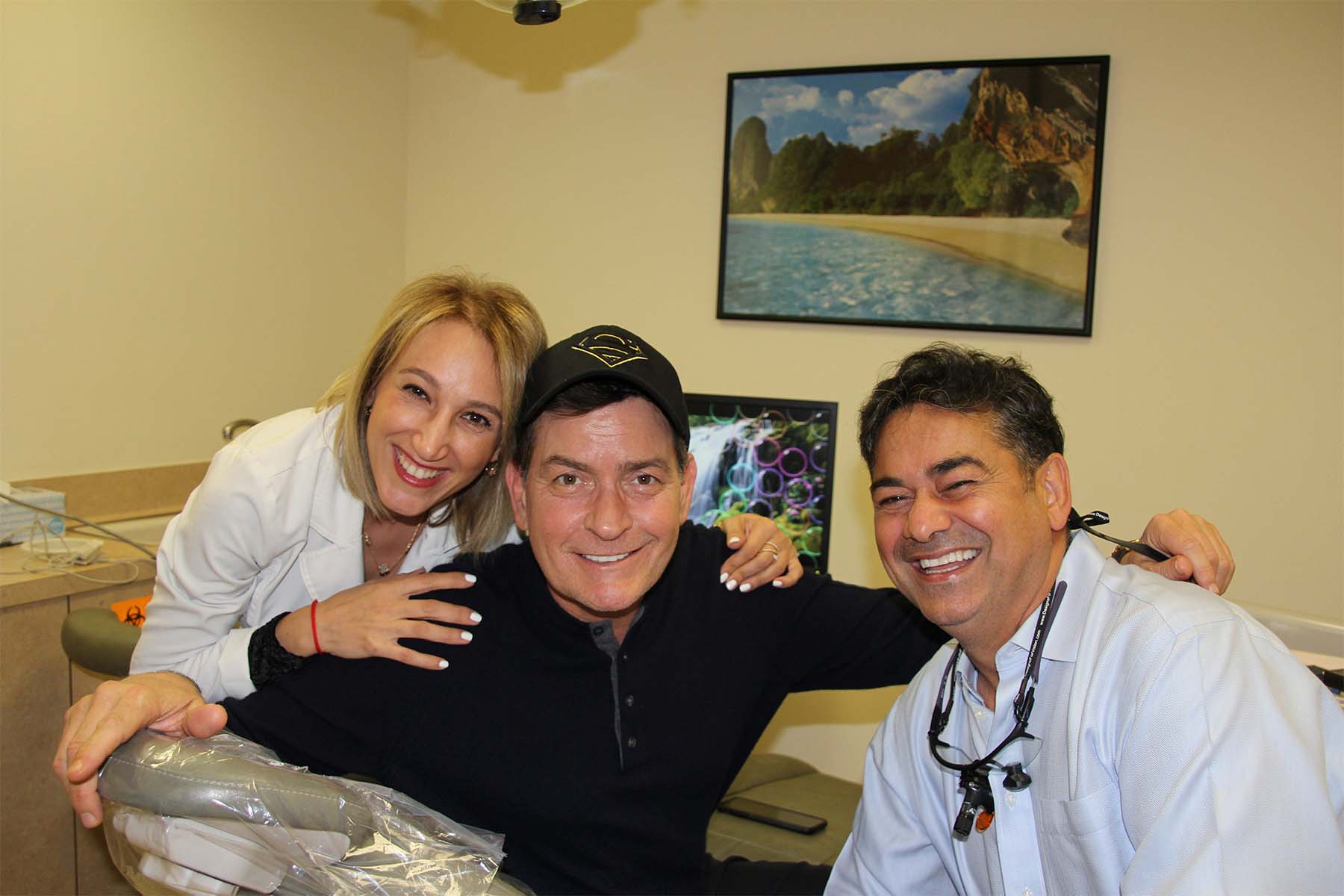A sinus lift, also called a maxillary sinus floor augmentation procedure, is a surgical procedure whose goal is to add more bone to a patient’s upper jaw area in order to better support the placement of dental implants. A periodontist or maxillofacial surgeon performs a sinus lift by lifting the sinus membrane upward to make room for adding bone to make space for the implant placement.
A sinus lift is often recommended to certain patients opting for dental implants when they lack enough bone height in their upper jaw to support the correct placement of dental implants to replace missing teeth. There are several reasons why a sinus lift may be necessary. Often periodontal or gum disease has caused a patient to lose bone mass.
Many patients who have lost their back teeth or molars simply don’t have enough bone to support proper dental implant placement. Patients who have had teeth missing for quite some time often suffer bone loss due to bone being reabsorbed . A sinus lift is often recommended for patients whose maxillary sinus cavity is located too close in proximity to the upper jaw in order for dental implants to be properly secured.
There are several resources for the bone that is used in the sinus lift procedure. Bone can also be taken from a cadaver. The use of cow bone is another popular option for bone replacement. A patient undergoing a sinus lift first has an x-ray taken of the designated facial area so that the surgeon can study the relative positioning of the sinus cavity and the upper jaw. A special scan called a computed tomography (CT) is often employed as well to review the condition of the sinus in addition to providing accurate measurements for the height and width of the currently existing bone.
The sinus lift procedure involves the surgical cutting of the gum tissue where back teeth used to be located. This helps to expose the sinus membrane so that the surgeon can properly lift it in an upward direction and away from the jaw in order for bone-graft material to be placed into this space. This area is allowed to heal for at least 6 months before dental implants are scheduled.
It’s important for patients to follow their surgeon’s recommendations to care for this area following surgery to minimize swelling or bleeding. Performed by a skilled surgeon, sinus lifts are a safe and valuable procedure enabling individuals to enjoy the benefits that accompany getting dental implants.













